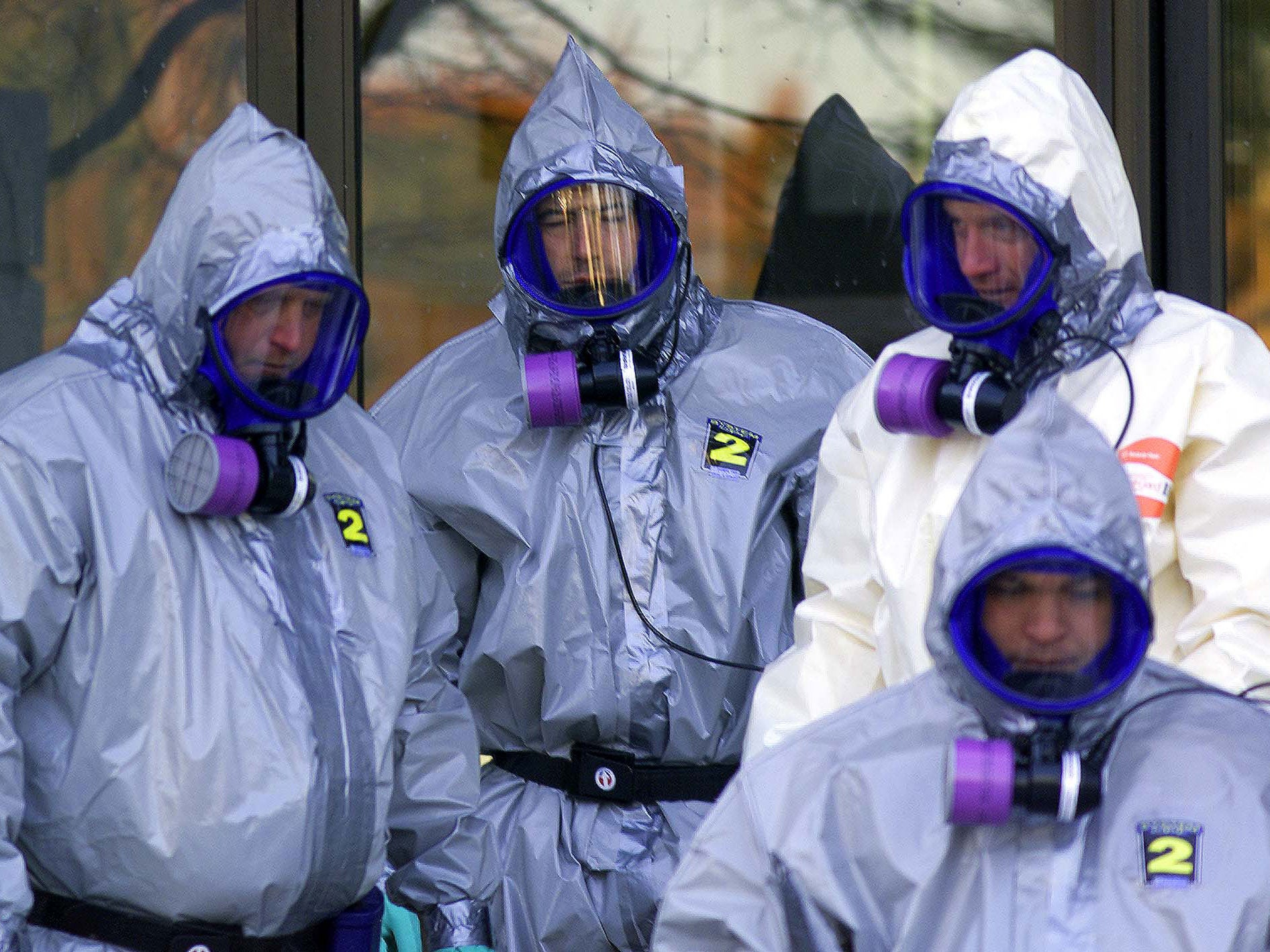What is Anthrax, how dangerous is it and why is the US so concerned about sending out samples?
Since the first vaccine to fight Anthrax was developed in 1881, mortality rates in those who are infected by the bacteria are extremely low

Your support helps us to tell the story
From reproductive rights to climate change to Big Tech, The Independent is on the ground when the story is developing. Whether it's investigating the financials of Elon Musk's pro-Trump PAC or producing our latest documentary, 'The A Word', which shines a light on the American women fighting for reproductive rights, we know how important it is to parse out the facts from the messaging.
At such a critical moment in US history, we need reporters on the ground. Your donation allows us to keep sending journalists to speak to both sides of the story.
The Independent is trusted by Americans across the entire political spectrum. And unlike many other quality news outlets, we choose not to lock Americans out of our reporting and analysis with paywalls. We believe quality journalism should be available to everyone, paid for by those who can afford it.
Your support makes all the difference.The announcement that the Pentagon will launch an investigation into the handling of anthrax samples after some were accidentally sent to an nine US states, a military base in South Korea and an Australian laboratory seven years ago, resulted in a government statement assuring the public’s safety.
Many of the laboratories were supposed to be delivered dead samples of the bacteria and it is unclear as to why it was shipped to Australia.
But just what is Anthrax and what is the risk that it poses to the public, if any?
What is Anthrax?
Anthrax is an acute disease which is caused by Bacillus Anthracis, the bacterium. The bacterium form spores that can lie dormant in extremely harsh conditions, reactivating when they are inhaled, ingested or come into contact with a skin lesion.
Because they can survive in such harsh climates, Anthrax spores have been weaponised by at least five countries: Britain, Japan, the United States, Russia and Iraq.

What kind of symptoms does an infected person have?
Humans can present with cold or flu-like symptoms for several days before pneumonia and severe respiratory collapse which often proves fatal if the spores affect their pulmonary system.
In other circumstances, gastrointestinal consumption of bacteria can cause vomiting of blood, acute inflammation of the intestinal tract and diarrhea.
Anthrax's use as a weapon for bioterrorism
In 2001, a week after the 11 September attacks on the World Trade Centre, five letters containing powdered anthrax were mailed to media outlets in New York. Three weeks later, another two letters were sent to US senators. The attacks killed five people in total.
Anthrax, once in the environment, can be spread about the population when it comes into contact with clothes or shoes. The body of someone who had live Anthrax spores at the time can also spread them.
Is it common and are people at risk?
In most instances, unless deliberately targeted, cases of Anthrax are rare after a vaccine for the disease was developed in 1881.
Although Anthrax spores can live for long periods, placing contaminated items in boiling water for 30 minutes has been shown to effectively kill the bacteria.
Similarly, in the wake of the 2001 letters in the United States, a student developed a theory, later published, that ironing letters for five minutes using a domestic iron was an effective way to decontaminate the mail.
Anthrax is also the name of an American thrash metal band.
Join our commenting forum
Join thought-provoking conversations, follow other Independent readers and see their replies
Comments